Botox near me
$90.00 – $140.00
What is Botox?
Botox near me is used to treat chronic migraines, excessive sweating, bladder conditions, eye muscle disorders including strabismus, and other muscle or neck spasms. Tiny amounts of Botox are injected by a healthcare provider into the specific muscles or glands being treated.
FDA-approved Botox indications
Botox near me Therapeutic is used to:
- treat overactive bladder symptoms, such as urinary urgency, frequency, or incontinence, in adults when anticholinergics do not work well enough or cannot be taken
- treat urinary incontinence in adults with an overactive bladder due to neurologic disease when anticholinergics do not work well enough or cannot be taken
- treat overactive bladder due to a neurologic disease in children 5 years of age and older when anticholinergics do not work well enough or cannot be taken
- prevent headaches in adults with chronic migraine who have 15 or more days each month with headaches lasting 4 or more hours each day
- treat increased muscle stiffness in people 2 years of age and older with spasticity
- treat the abnormal head position and neck pain that happens with cervical dystonia (CD) in adults
- treat certain types of eye muscle problems (strabismus) or abnormal spasms of the eyelids (blepharospasm) in people 12 years of age and older
- treat the symptoms of severe underarm sweating (severe primary axillary hyperhidrosis) when topical treatments do not work well enough.
Botox Vs Botox Cosmetic
Although Botox contains the same active ingredient as botox cosmetic they have different FDA approved uses and vial strengths and are not interchangeable.
How quickly does Botox work?
Botox near me Therapeutic begins relaxing targeted muscles within 24 to 48 hours after injection. Maximum muscle relaxation and full results are seen around 2 weeks after an injection. The effects of Botox near me gradually wear off after 3 to 9 months as nerve signals recover or nerves regenerate and muscle function returns.
How does Botox work?
Botox near me is a neurotoxin that temporarily blocks nerve signals to specific muscles or sweat glands. This targeted approach:
- Relaxes muscles
- Eliminates or reduces muscle spasms
- Improves bladder capacity and incontinence symptoms
- Improves eye alignment
- Prevents migraines
- Inactivates overactive sweat glands, reducing sweating.
Botox safety for medical conditions
Botox near me for medical conditions should only be injected by a trained healthcare provider who can ensure:
- Sterile conditions
- Proper dosing and injection techniques to minimize side effects
- Comprehensive pre-treatment consultation
- Detailed aftercare instructions
- Regular follow-up care.
Botox side effects
The most common side effects of Botox for medical use are as follows.
At the injection site:
- Bruising, pain, redness, or swelling
- Numbness or tenderness
- Small bumps or marks that typically resolve within a few hours to days
- Infection at the injection site.
General side effects (these vary depending on the medical condition being treated):
- dry mouth
- tiredness
- headache
- neck pain
- mild weakness in the treatment area
- eye problems in those being treated with Botox for strabismus: double vision, blurred vision, decreased eyesight, drooping eyelids/eyebrows, swelling of your eyelids, and dry eyes
- allergic reactions, which may include symptoms such as itching, rash, red itchy welts, wheezing, asthma symptoms, or dizziness or feeling faint. Tell your doctor or get medical help right away if you are wheezing or have asthma symptoms, or if you become dizzy or faint upper respiratory tract infection.
Other common side effects experienced by those being treated with Botox for bladder conditions are:
- urinary tract infection in both children and adults
- painful urination in adults
- bacteria, white blood cells, and blood in the urine of children
- inability to empty your bladder on your own.
| Quantity | 50ui, 100ui, 150ui, 200ui |
|---|
Be the first to review “Botox near me” Cancel reply
Related products
botulinum toxin brand
botulinum toxin brand
botulinum toxin brand
botulinum toxin brand
botulinum toxin brand




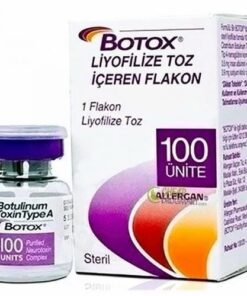
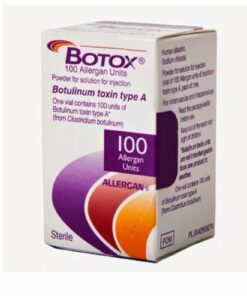





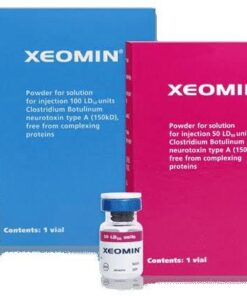
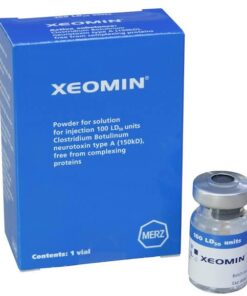
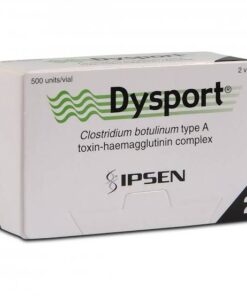


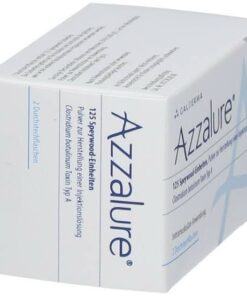


Reviews
There are no reviews yet.